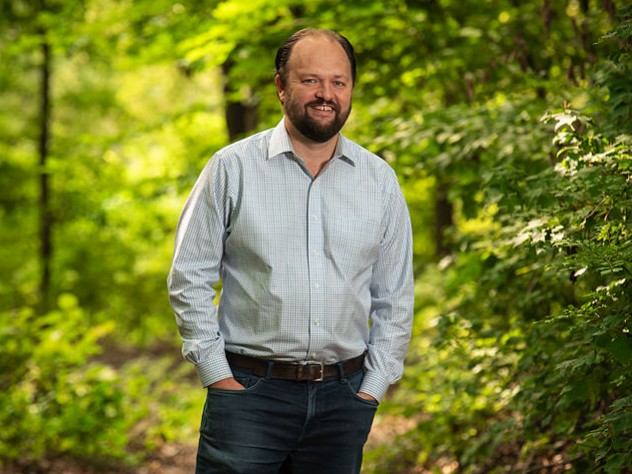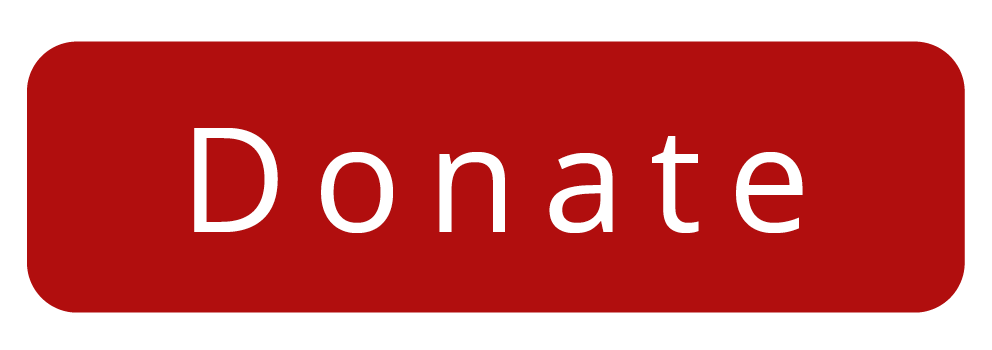Behind the Scenes: The Power of Human Connection
Associate editor Lydialyle Gibson reflects on the special importance of face-to-face interviews after months of reporting from home.
A couple of years ago, a friend of mine—like me, a writer and reporter, and also like me a natural introvert—said something very true. People like us, he said, go into journalism for the writing, only to discover that it’s the reporting—the human connections and conversations—that actually feel most rewarding: spending time with story subjects, talking and listening one-on-one, watching them work, soaking in a sense of who they are, what their lives are like, how they navigate their worlds. (Meanwhile, my friend lamented, the writing seems to get harder and harder: also true.)
As someone whose job at Harvard Magazine involves writing feature profiles of faculty members and alumni—stories that reach for depth and meaning beyond the bare facts of résumé and biography—I have thought a lot about the reward and importance of human connection in reporting. That’s been on my mind perhaps especially since March, when the pandemic forced our office to close and most of our staff to work from home, physically separated from each other and from the people we write about. These days, we talk with sources over the phone or video chat. It works well enough, but it’s also a reminder of how much is missing.
But I’ve done one interview in person: in July, New York Times columnist Ross Douthat ’02 allowed me to come to his home in New Haven and speak with him for the profile that appears in the November-December issue. I spent most of an afternoon with him, and we didn’t do anything elaborate—took a walk in the wooded park in his neighborhood and talked outside on his back deck (at a safe social distance). But after months of talking to people remotely, the richness of that face-to-face experience felt like a revelation. Sitting across from Douthat prompted the conversation to open up in ways that felt more organic and unexpected, and I came away with a more vivid sense of his character and personality, and with intangible insights that I spent the next several weeks unpacking, and that I believe helped strengthen the profile.
Most of the rest of the reporting unfolded the way it normally does: with many hours of reading and rereading, and then writing and rewriting. I spoke to several of Douthat’s colleagues and friends about him and his work and I spoke to Douthat himself a couple more times by phone and email. I read his books, including the newest one, The Decadent Society, which partly framed the story, as well as Privilege, a memoir about his Harvard days. I pored over years of his columns and essays, read numerous analyses of his work by other writers, and watched videos of previous interviews, trying to get a fuller sense of his thinking and how it had developed over time. Along the way, I fell into a few rabbit holes: readings about the American Catholic Right, and the (beautiful and touching) poetry of Douthat’s father. His mother is also a writer, and I spent a few hours with her articles in the religious journal First Things, especially two long essays describing in detail her unusual spiritual journey, which occupied much of Douthat’s childhood years.
Harvard Magazine is a great place to work on stories like this one, which combine sustained, careful research with human-centered reporting that attempts to draw a fuller and more complex picture of a profile subject. The editors give space to that kind of thinking and curiosity, and when it comes to the writing, I value the patient feedback and encouragement I receive from colleagues, especially Jean Martin and John Rosenberg. Their comments help pull me through three, or sometimes four, drafts before a final, polished version emerges. These days, few publications can allow for this kind of meticulous process, and I’m grateful for the reader support that enables us to give stories like the Douthat profile the time and attention that they, and readers, deserve.
Read “The Conservative.

